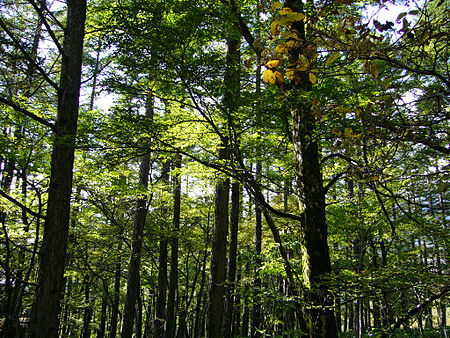

|
| Wood grain is a beautiful pattern which appears in wood. It is a mark of their weight and influence of rain, wind, and humidity etc.. and they are very rare and distinguished from annual rings. Wood grains show how the tree lived in nature. |

|
| ªBig walnut table with a beautiful color contrast |

|
| ªCamphor Tree which has a pronounced pattern. It has a silver sheen to it. |
| How the wood is cut makes a huge difference for the final outcome of the surface. The technique is called KIDORI in Japanese. This is a technique only few people have mastered. |

|
| ªgiant cypress from Mt. Hutawara in Nikko |

|
| ªYakushima cedar with complicated and interesting holes |
|
Wood grains have various names depending on its appearance. Some of them remind us of tiger fur, birds' eye and grapes, and are named after how they look. |

|
| ªgrape grain |

|
| ªgrain of Japanese horse chestnut |
|
After a tree is cut down, it gradually increases its strength. For example, the Hinoki tree slowly tightens and becomes stronger over an astounding period of 200 to 300 years. After it reaches its maximum strength, it slowly declines. Even after being cut down, it continues to change and grow, affected by the ever changing enviornment of the outside world. It's as if a tree has two lives. |

|
| ªforrest of Kamikochi(photo from Wikipedea) |

|
| ªHoryuji temple(photo from Wikipedea) |
| No.1 | Regin Pine(yanimatsu), Yakushima cedar(Yakusugi), Yew(Ichi), Black Persimmon(kurogaki) |
| No.2 | Japanese Zelkova(Keyaki), Mulberry(Kuwa), Chestnut(Kuri) , Cherry Tree(Sakura), Japanese Horse Chestnut(Tochi) |
| No.3 | Japanese pagoda tree(Enju), Maple(Kaede), Castor aralia(Sen), Prunus(Kabazakura) |
| No.4 | Japanese cypress(Hinoki), Oak(Nara), Japanese Manchurian(Tamo), Walnut(Kurumi), Camphor Tree(Kusu), Elm(Nire) |
| No.5 | Japanese Bigleaf Magnolia(Ho), Katsura(katsura), Beech(Buna), Machilus(Tabu) |
| No.6 | Rosewood(Sitan), Ebony(Kokutan), Narra(Karin) |
| No.7 | teak(teak), walnut(walnut), Taiwan Camphor Tree(Taiwan kusu) |
| No.8 | Wenge(Wenge), Sapelli(Sapelli), Mahogany(Mahogany), Bubing(Bubinga) |
| No.9 | Laos Zelkova(Laos Hinoki), Padauk(Padauk), Assamela(Assamela) |
| No.10 | Monkey pod(Monkey pod), Redwood(Redwood), Purpleheart(Purpleheart) |

|
| ªJapanese Zelkova Booth |

|
| Japanese Zelkova |

|
| Yakushima cedar |

|
| Yakushima cedar |